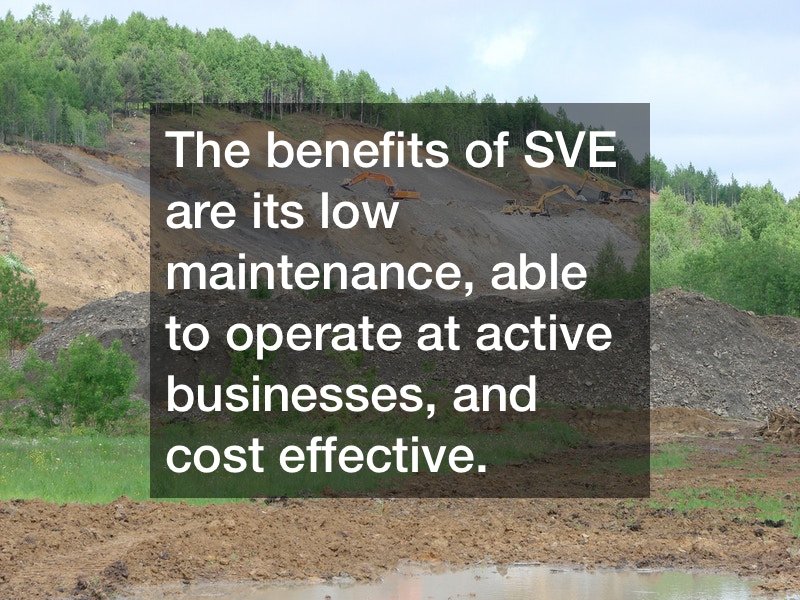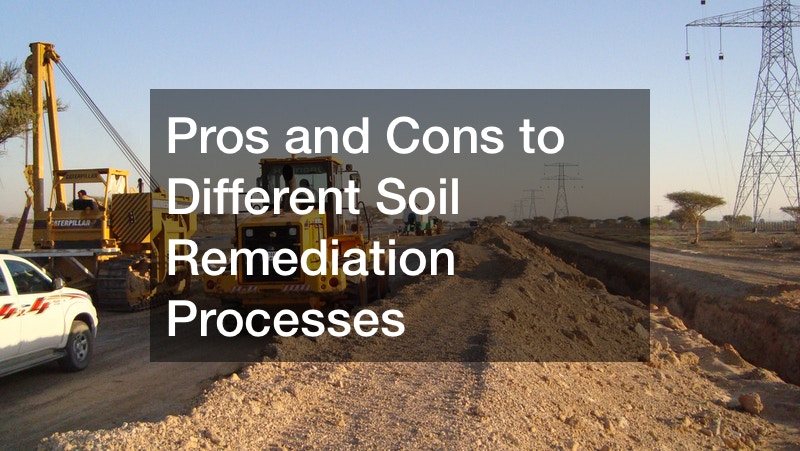
Soil remediation is a method of removing contaminants from the soil to protect the environment and the population. To learn about the pros and cons of some different soil remediation processes, continue to read!
Soil Vapor Extraction
Soil vapor extraction removes Subsurface contamination using high-powered vacuums that turn the contaminants into vapor. This contamination is removed through extraction wells. The benefits of SVE are its low maintenance, ability to operate at active businesses, and cost-effectiveness.
The cons are that SVE is only effective in coarse-grained soil, can only treat soils above the water table, and only treats volatile contaminants
Electrical Resistance Heating
ERH uses electricity to heat and remove the soils through extraction wells. It’s effective in any geological setting, both above and below groundwater, can reach unlimited depths, and is operable at an active business
The drawbacks are that ERH needs specialized equipment, technical expertise, and can only treat volatile contaminants.

Chemical Oxidation
Contamination is destroyed at the molecular level using chemical oxidants. The pros are that it’s fast-acting and can treat a variety of contaminants.
The cons are that oxidation is ineffective in clay soils, requires heavy machinery, and the depth is limited by the reach of an excavator.
Excavation
In this process, contaminated soil is physically removed from the site with an excavator and transported to a landfill for proper disposal. The benefits are that it’s cost-effective and effective on any contaminant.
The problem with excavation is that costs go up as depth increases, heavy machinery is required, and this process typically can’t be performed at an active business.
Now you know the basics of soil remediation. Click on the video above to see images of the various processes.




